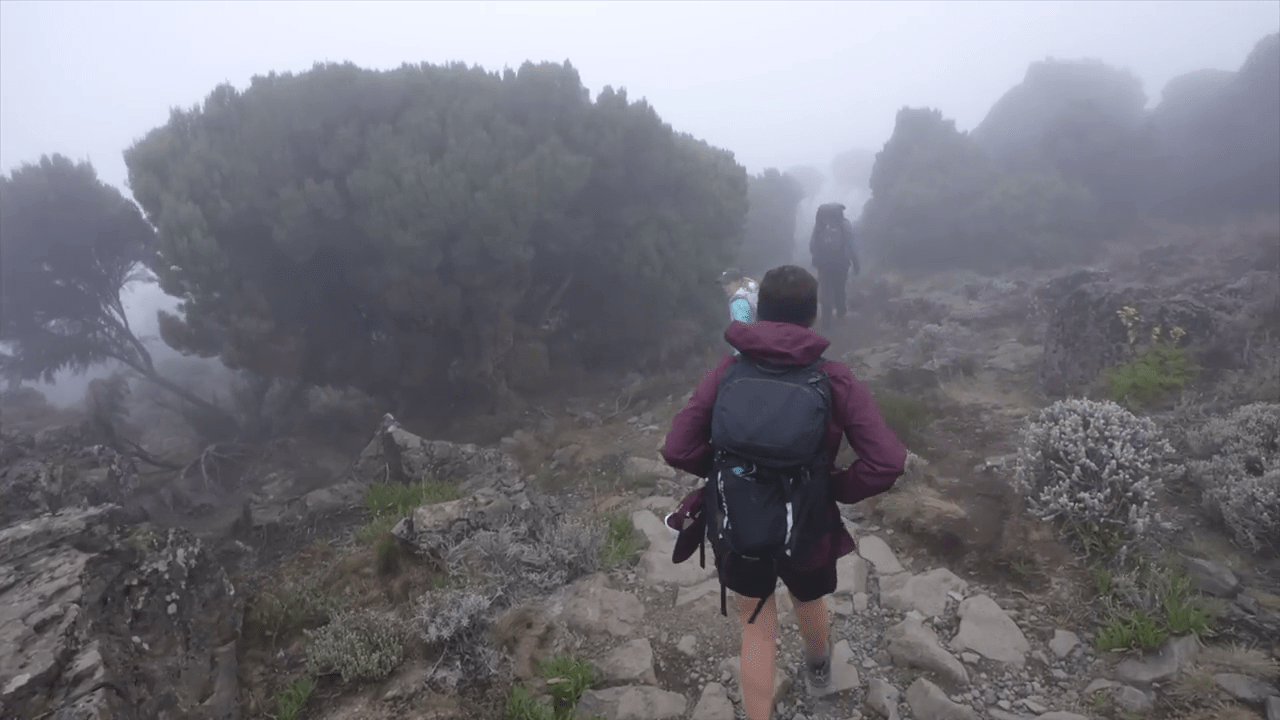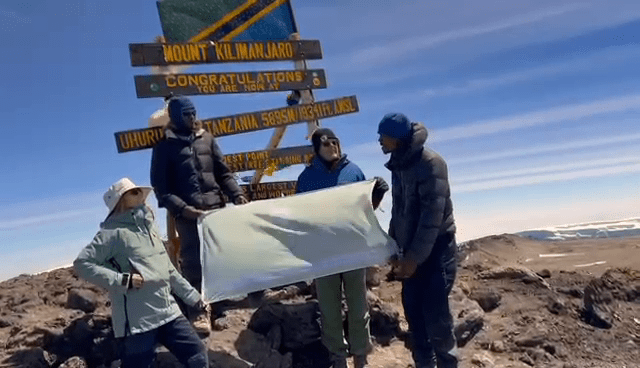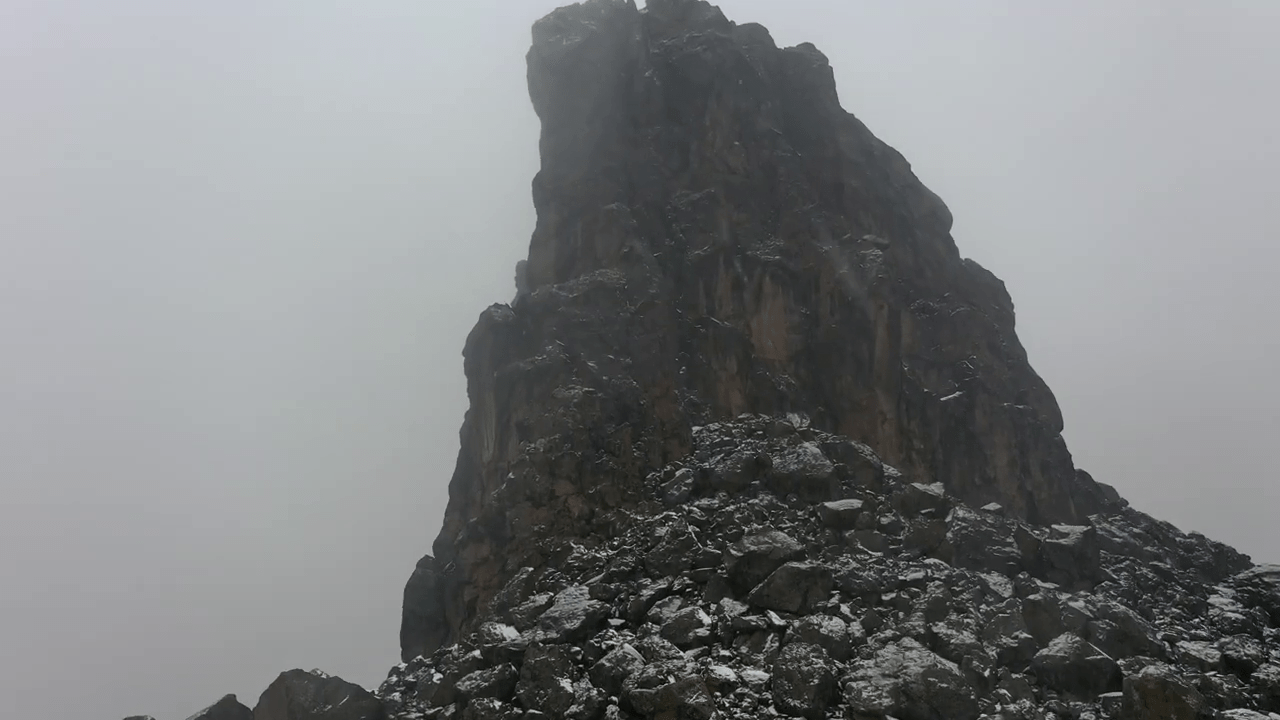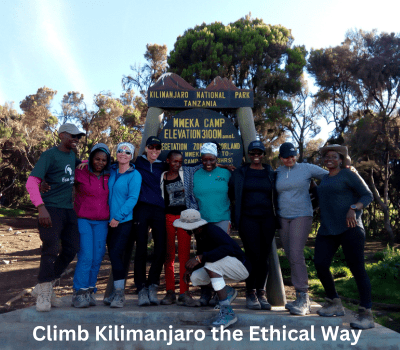Can I Train for Kilimanjaro If I Live in a Flat Region Without Mountains?

Introduction: No Hills, No Problem?
You’ve set your sights on climbing Mount Kilimanjaro—Africa’s tallest mountain. But there’s just one small issue: you live in a completely flat region with no mountains, no hills, and probably no hiking trails in sight. Does that mean your dream is dead? Not even close.
Thousands of climbers successfully summit Kilimanjaro each year without ever training on real mountains. The key lies in understanding the physical demands of the climb and adapting your training accordingly. Whether you’re living in a city apartment or a prairie town, you can absolutely train for Kilimanjaro effectively.
This guide breaks down how you can simulate mountain conditions from flatland—and still prepare your body (and mind) to conquer Uhuru Peak.
Understanding the Physical Demands of Kilimanjaro
Kilimanjaro isn’t a technical climb—it’s a trek. You’ll walk for 6–8 hours a day for multiple days in a row. The biggest challenge is not rock climbing or scrambling; it’s endurance, elevation gain, and the impact of altitude sickness.
Summit night is the toughest part of the trek. You’ll hike for 10–12 hours through freezing cold at high altitude, often in the dark. To prepare, your body needs to be comfortable with:
- Walking long distances on uneven surfaces
- Carrying a daypack weighing 5–8kg (11–18 lbs)
- Functioning with reduced oxygen levels at high altitude
Good cardiovascular endurance, strong leg muscles, and a resilient mindset are the true essentials—none of which require mountains to train for.
How to Simulate Mountain Conditions Without Elevation
Just because you don’t have hills doesn’t mean you can’t simulate the effort of climbing one. Here’s how you can mimic high-altitude trek conditions:
- Stair Training: Repeated stair climbs are a perfect substitute for elevation gain. Find a tall building or a stairwell and go up and down in intervals.
- Treadmill Incline: Set your treadmill to the steepest incline and walk for 60–90 minutes, gradually increasing your pace and duration.
- Hike with a Weighted Backpack: Even on flat terrain, walking with a 10–15 lb pack for hours builds endurance and simulates trail fatigue.
- Heat and Cold Exposure: Train your body to adapt to temperature shifts. Wear layers on long walks and practice layering for different conditions.
You’re not replicating the altitude—but you are training your muscles and lungs for the intensity of long trekking days.
Training Techniques for Flat Terrain
Flatland residents can still build the necessary hiking muscles through consistency and smart workouts. Start with 3–4 days a week of:
- Long Walks: Gradually build up to 10–12 mile walks with your full daypack.
- Interval Cardio: Alternate between fast-paced walking or jogging and slower recovery periods to boost lung power.
- Resistance Training: Focus on legs, core, and back. Squats, lunges, step-ups, and planks are perfect for hikers.
- Stair Circuits: Set a weekly stair climbing goal to simulate uphill trail segments.
Consistency and progressive overload (gradually increasing effort) will give your body the stamina and strength it needs for Kilimanjaro.
Essential Cardio and Strength Exercises for Climbers
To replicate the endurance needed for multi-day treks, you’ll want a training plan that includes both aerobic conditioning and strength building. Here are exercises to incorporate:
| Exercise | Benefits | How Often |
|---|---|---|
| Brisk Walking or Hiking | Endurance, leg strength | 3–4 times/week |
| Stair Climbing | Simulates elevation gain | 2–3 times/week |
| Bodyweight Squats & Lunges | Leg power and balance | 2–3 sets, 3 times/week |
| Planks & Core Workouts | Backpack stability and posture | 3 times/week |
| HIIT or Cycling | Boosts cardiovascular capacity | 1–2 times/week |
Stick to a schedule for 8–12 weeks before your climb, and you’ll arrive in Moshi with the fitness foundation to reach the summit.
Stair Training: Your Secret Weapon
If you live in a flat area, stair training becomes an invaluable part of your Kilimanjaro preparation. Utilizing stairwells, stadium steps, or even a stair machine can effectively simulate the uphill trekking experience. Aim for sessions that last between 45 to 90 minutes, gradually increasing the duration as your endurance improves. Incorporate a weighted backpack to mimic the load you’ll carry during the actual climb. This method not only builds leg strength but also enhances cardiovascular fitness, crucial for high-altitude trekking.
Consistency is key. Integrate stair workouts into your weekly routine, targeting at least three sessions per week. Monitor your progress by tracking the number of flights climbed or the duration of each session. Over time, you’ll notice significant improvements in your stamina and leg strength, preparing you for the demands of Kilimanjaro’s ascent.
Treadmill Incline Workouts: Simulating the Ascent
Treadmills with incline settings offer an excellent alternative for simulating mountain climbs. Set the incline to a challenging level, such as 10-15%, and maintain a steady walking pace for extended periods. This approach effectively mimics the continuous uphill trekking you’ll experience on Kilimanjaro. Incorporate interval training by alternating between higher and lower inclines to build both endurance and strength.
Regular treadmill sessions, combined with proper hydration and nutrition, will enhance your cardiovascular capacity and leg muscle endurance. Aim for three to four treadmill workouts per week, gradually increasing the duration and intensity to match the physical demands of the climb.
Weighted Backpack Training: Building Strength and Endurance
Training with a weighted backpack is essential for preparing your body to handle the load during the Kilimanjaro trek. Start with a manageable weight, around 10-15 pounds, and gradually increase it as your strength improves. Incorporate this training into your stair workouts, treadmill sessions, and outdoor walks to simulate the actual conditions of the climb.
This method not only strengthens your leg muscles but also conditions your back and shoulders to carry the backpack comfortably. Ensure that your backpack is properly fitted to avoid strain or injury. Consistent practice with a weighted pack will significantly enhance your endurance and readiness for the trek.
Mental Preparation: Cultivating Resilience and Determination
Mental fortitude is as crucial as physical fitness when tackling Kilimanjaro. The climb presents various challenges, including altitude sickness, fatigue, and unpredictable weather conditions. Cultivating a resilient mindset will help you navigate these obstacles effectively.
Incorporate mindfulness practices, such as meditation and visualization, into your training routine. Visualize successfully reaching the summit, and mentally rehearse overcoming potential challenges. Setting realistic goals and maintaining a positive attitude will bolster your confidence and determination throughout the journey.
Engage with support groups or forums to share experiences and gain insights from fellow climbers. Learning from others’ experiences can provide valuable perspectives and enhance your mental preparedness for the climb.
Altitude Preparation: Acclimatization Strategies
Acclimatizing to high altitudes is vital for a successful Kilimanjaro climb. While living in a flat region limits exposure to high elevations, there are strategies to prepare your body for the altitude changes.
Consider incorporating high-intensity interval training (HIIT) into your routine to improve your body’s oxygen utilization efficiency. Additionally, if feasible, plan short trips to higher elevations to expose your body to lower oxygen levels. This exposure can aid in acclimatization and reduce the risk of altitude sickness during the actual climb.
Ensure your chosen Kilimanjaro route includes adequate acclimatization days. Gradual ascent and proper rest periods are crucial for allowing your body to adjust to the altitude, enhancing your chances of a successful summit.
Gear Familiarity: Train with What You’ll Use
Training with the gear you plan to use on Kilimanjaro is crucial for comfort and efficiency. Begin by wearing your hiking boots during training sessions to break them in and prevent blisters. Use the same backpack you’ll carry on the trek, gradually adding weight to simulate the load. Familiarize yourself with trekking poles, hydration systems, and clothing layers to ensure everything functions well together. This practice helps identify any discomfort or issues, allowing time for adjustments before the actual climb.
Nutrition and Hydration: Fueling Your Training
Proper nutrition and hydration are vital components of your training regimen. Consume a balanced diet rich in carbohydrates, proteins, and healthy fats to support energy levels and muscle recovery. Stay hydrated by drinking water consistently throughout the day, especially during and after workouts. Incorporate electrolyte-rich beverages during longer training sessions to replenish lost minerals. Practicing your nutrition and hydration strategy during training helps your body adapt and ensures you know what works best for you during the climb.
Rest and Recovery: Essential for Progress
Allowing your body adequate time to rest and recover is as important as the training itself. Schedule rest days into your weekly routine to prevent overtraining and reduce the risk of injury. Prioritize quality sleep to facilitate muscle repair and overall recovery. Incorporate stretching, foam rolling, or yoga to enhance flexibility and alleviate muscle soreness. Listening to your body and recognizing signs of fatigue will help maintain a sustainable training program leading up to your Kilimanjaro adventure.
Monitoring Progress: Tracking Your Improvements
Keeping track of your training progress helps maintain motivation and ensures you’re on the right path. Use a journal or digital app to log workouts, noting duration, intensity, and how you felt during each session. Set achievable goals and celebrate milestones to stay encouraged. Regularly assess your fitness levels by repeating specific workouts and comparing results over time. This practice allows you to adjust your training plan as needed and builds confidence as you approach your climb.
Mental Strategies: Building Resilience
Mental preparation is key to overcoming the challenges of Kilimanjaro. Develop resilience by setting realistic expectations and embracing the journey’s ups and downs. Practice mindfulness techniques such as meditation or deep breathing to manage stress and maintain focus. Visualize successful outcomes and positive experiences on the mountain. Engaging in group training or discussing your goals with supportive friends and family can also bolster your mental fortitude, ensuring you’re mentally equipped for the climb.
Conclusion: Flat Land Doesn’t Mean Flat Ambitions
Living in a flat region is no excuse to abandon your Kilimanjaro dream. With creativity, dedication, and the right training strategy, you can fully prepare for the demands of Mount Kilimanjaro—even without a single hill in sight.
From staircases and treadmills to weighted packs and mental resilience, your environment doesn’t define your limits. What matters is your consistency and mindset. Thousands of successful climbers have come from cities, beaches, and plains—and so can you.
Let your flatland training fuel your summit journey.
Frequently Asked Questions (FAQs)
How far in advance should I start training for Kilimanjaro?
We recommend starting at least 8–12 weeks before your departure for optimal results and adaptation.
What if I don’t have a gym or treadmill?
No problem. Use public stairwells, do long walks with a backpack, and incorporate home workouts using bodyweight exercises.
Is stair climbing as effective as hiking?
Yes, it builds leg strength and simulates the uphill aspect of the climb. Add a backpack to increase intensity.
How do I prevent altitude sickness if I can’t train at high altitude?
Choose a longer route with more acclimatization days, like the 9-Day Northern Circuit. Stay hydrated and pace yourself.
Can I really summit Kilimanjaro with no mountains to train on?
Absolutely. Many successful climbers live in flat regions. Smart training, strong guides, and the right route are what matter most.
Ready to Turn Flat Ground Into High Achievements?
Join Eco-Africa Climbing—the most trusted local company for ethical Kilimanjaro climbs. Whether you’re a seasoned hiker or a first-timer from the city, we’ll guide you every step of the way.
- Train for the 8 Days Lemosho Route
- Try our 9-Day Northern Circuit + Safari Combo
- Explore our Fitness & Training Tips
Book your adventure with us now and conquer Kilimanjaro—no mountains needed.
Share:
Related Posts

bathroom on mountain kilimanjaro
Bathroom on Mountain Kilimanjaro: What to Expect and How to Prepare Introduction One of the most common — and least discussed — questions from people

Are Guides Readily Available in Tanzania Without Prior Booking?
Are Guides Readily Available in Tanzania Without Prior Booking? Introduction: Should You Risk Climbing Without Pre-Booking? Climbing Mount Kilimanjaro is a dream for many adventurers.

How Can I Find a Reliable Local Guide for My Kilimanjaro Expedition?
How Can I Find a Reliable Local Guide for My Kilimanjaro Expedition? Introduction: Why the Right Guide Is Key to Kilimanjaro Success Climbing Mount Kilimanjaro

Is Climbing Kilimanjaro Dangerous for Individuals Without Mountaineering Experience?
Is Climbing Kilimanjaro Dangerous for Individuals Without Mountaineering Experience? Introduction: The Myth of Danger and Experience Many aspiring adventurers wonder if climbing Mount Kilimanjaro is
